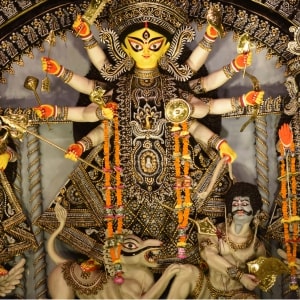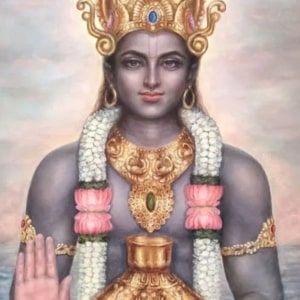Navratri, a vibrant and spiritually significant festival celebrated by millions of Hindus around the world, is known for its devotion, dance, and dazzling array of colors. The festival spans nine nights, with each day dedicated to the worship of different forms of the divine feminine. But have you ever wondered why is Navratri celebrated for 9 days? In this article, we’ll explore the origins, significance, and symbolism behind the nine-day celebration of Navratri.

History Behind Why is Navratri Celebrated for 9 Days
The significance why is Navratri celebrated for 9 days can be traced back to Hindu History. One of the most popular legends associated with this festival is the event of Goddess Durga’s battle against the demon king Mahishasura. This battle lasted for nine nights and culminated in the goddess’s victory on the tenth day, which is celebrated as Vijayadashami or Dussehra.
Long ago, there was a powerful demon named Mahishasura, who was granted a boon by Lord Brahma, which made him nearly invincible. The boon made it so that only a female could defeat him. Feeling invulnerable, Mahishasura started to wreak havoc in the heavens and on Earth. His arrogance and tyranny knew no bounds, and he defeated the gods and conquered their realms. The gods were helpless and unable to combat his might.
In their desperation, the trinity of Hindu gods—Brahma, Vishnu, and Shiva—came together to create a formidable goddess. They channeled their divine energies into a single being, creating the radiant and powerful Goddess Durga. She was a symbol of beauty, grace, and strength, and she was adorned with multiple arms, each holding a weapon bestowed upon her by various gods.
Goddess Durga rode into battle on a lion, and a fierce and epic battle ensued between her and Mahishasura, which lasted for nine days and nights. Mahishasura, with all his strength and cunning, transformed into various ferocious creatures to challenge Durga, but she remained steadfast and undeterred.
On the tenth day, known as Vijayadashami or Dussehra, Goddess Durga finally vanquished Mahishasura by beheading him with her trident. The victory of good over evil was celebrated with great joy and fervor by the gods and people alike.
Another reason why is Navratri celebrated for 9 days is due to the belief that, Durga assumed nine distinct forms in her relentless battle against Mahishasura. To explore these nine forms of Durga, you can refer to the article provided.
Read More: 9 Forms of Goddess Durga





